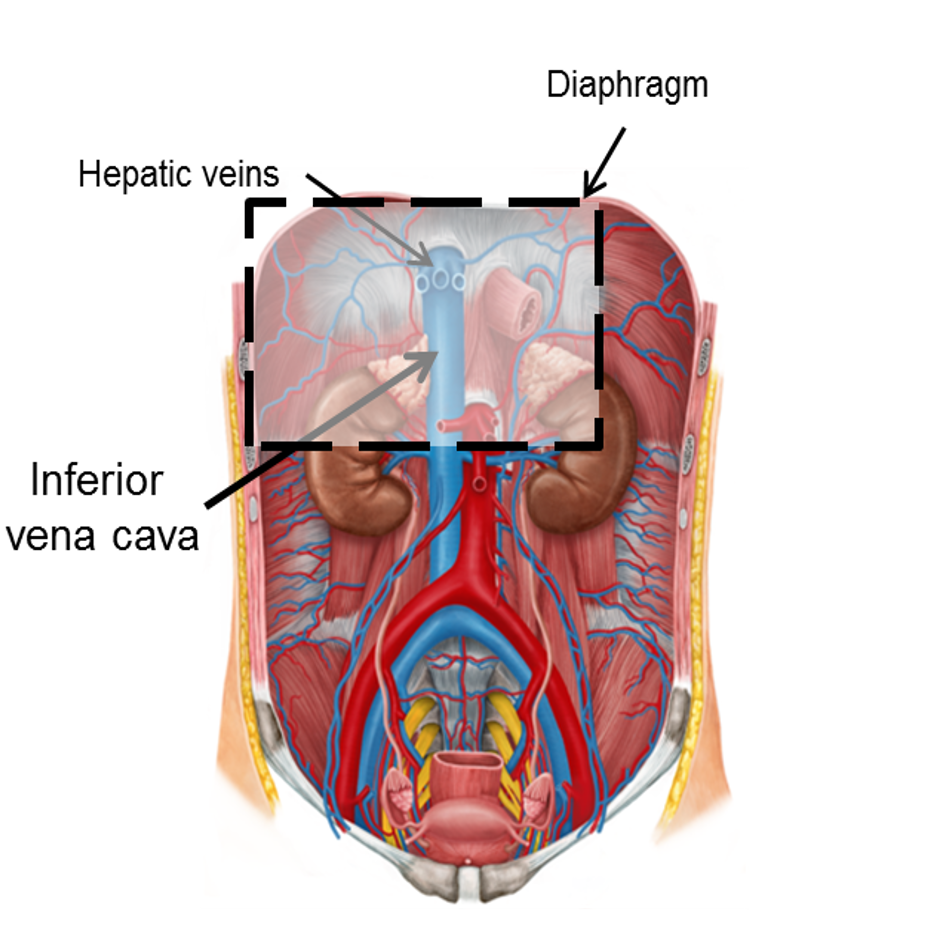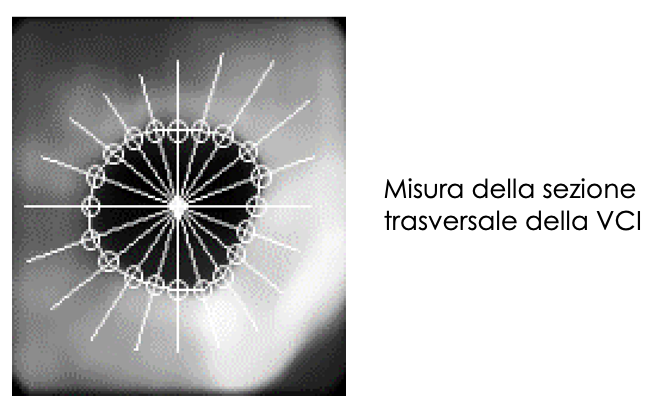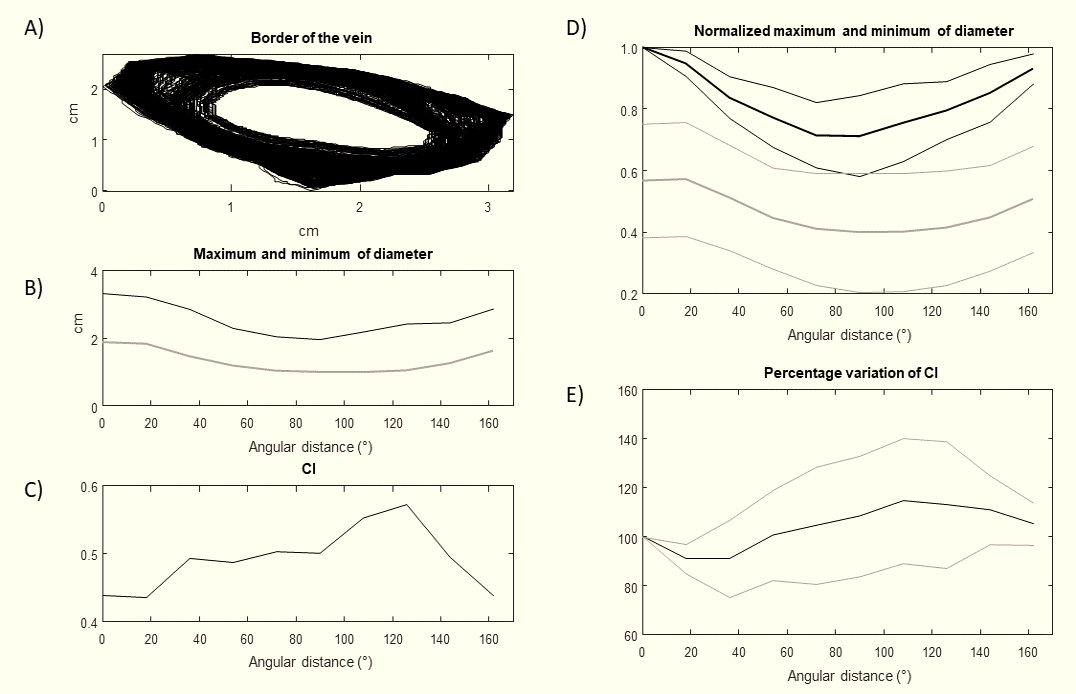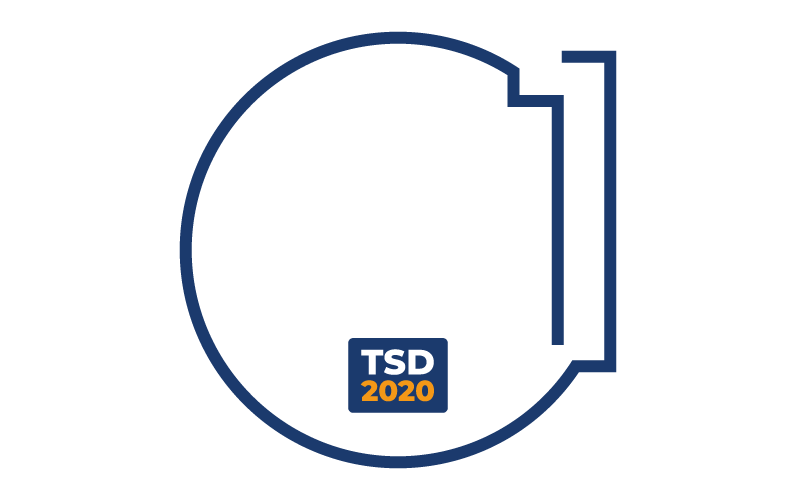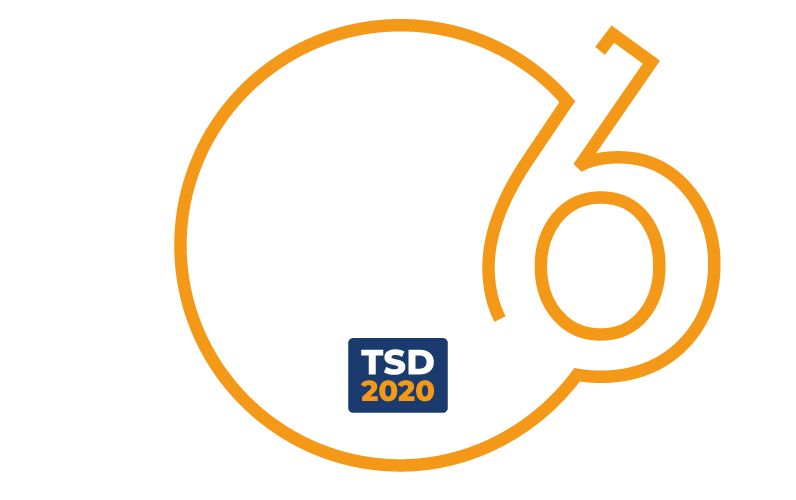
About 10% of patients who enter the emergency room undergo an examination to evaluate their hydration conditions, by means of an ultrasound study of the pulsatility of the inferior vena cava, in order to obtain a better diagnostic-therapeutic framework. To make this assessment more reliable and repeatable, an innovative ultrasound technique was developed





